Research
Image
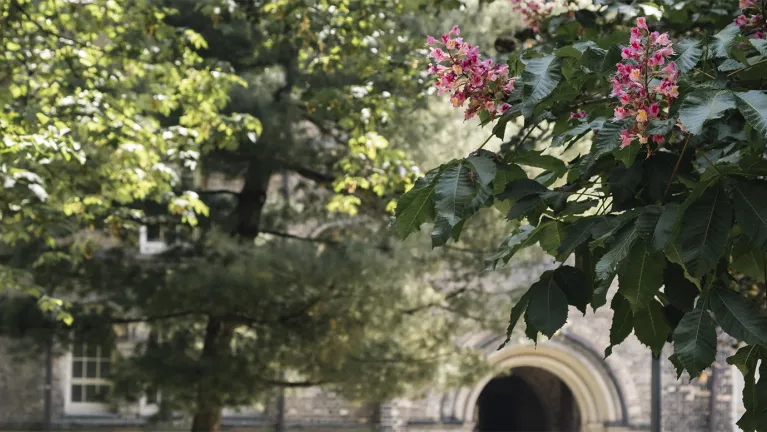
The Centre for Science, Mathematics and Technology Education (SMT) is comprised of an an eclectic community of researchers, interested in issues surrounding science, mathematics, and technology education. The research publications of our members stretch beyond the university, impacting a range of educational communities.
Research Projects
This project focused on the redesign of the lab portion of a 2nd year course entitled Intro to Earth Evolution.
Image
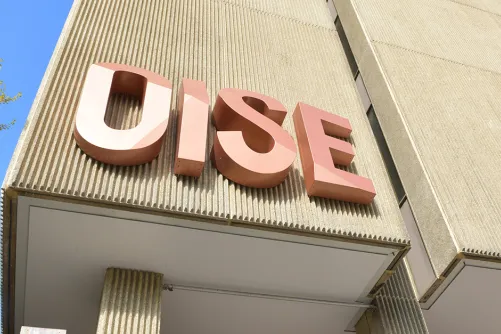
The work funded was for an investigation in a first-year biology course, where they explored growth in Critical Thinking (CT) as a result of interactive group activities. The graduate student from OISE helped with data collection.
Image

The project was a collaboration between the SMT Centre/OISE and the Department of Mechanical and Industrial Engineering in the Faculty of Applied Science and Engineering.
Image

The goal of this project was to explore possibilities with regard to supporting universities in Africa by providing and/or delivering University of Toronto sustainable engineering content.
Image

Publications
Marandino, M., Pugliese, A., Monaco, L. M., Milan, B., & Scalfi, G. (Eds.). (2020). Pr ticas educativas e forma o de p blicos de museus: Rela es entre ci ncia, sociedade e temas controversos [Educational practices and the formation of museum audiences: Relationships between science, society, and controversial issues]. Faculdade de Educa o da USP.
Image
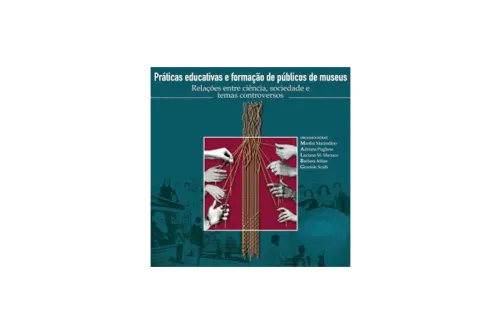
Zhu, S. C., Xie, S., & Ma, Y., & McDougall, D. (Eds.). (2020). Reciprocal learning for cross cultural mathematics education: A partnership project between Canada and China. Palgrave Macmillan.
Image
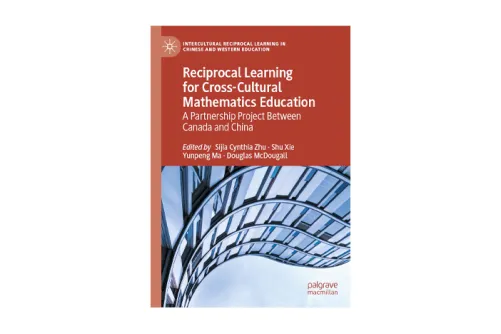
Pedretti, E., & Navas Iannini, A. (2020). Controversy in science museums: Re-imagining exhibition spaces and practice. London: Taylor & Francis.
Image

Wilton, L., & Brett, C. (Eds.). (2020). Handbook of research on online discussion-based teaching methods. IGI Global.
Image
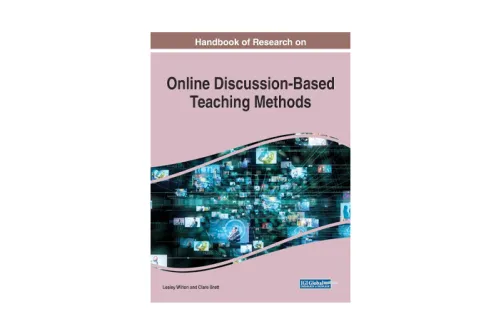
Krpan, C. (2017). Teaching Math with Meaning: Cultivating Self-Efficacy through Learning Competencies, Grades K–8. Pearson
Image
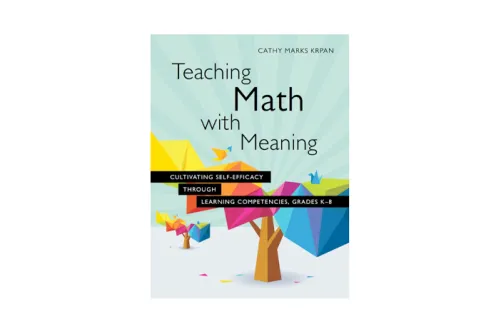
Bencze, L. (2017). Science and Technology Education Promoting Wellbeing for Individuals, Societies and Environments: STEPWISE. Cham: Springer International Publishing. doi:10.1007/978-3-319-55505-8
Image

Research Honours
The SMT Centre is excited to announce that Dr. Cathy Marks Krpan is the 2021 recipient of the Margaret Sinclair Memorial Award Recognizing Innovation and Excellence in Mathematics Education presented by The Fields Institute for Research in Mathematical Sciences. This prestigious accolade celebrates researchers and educators who exemplify outstanding leadership, innovation, excellence, leadership, and influence in mathematics education.
Image

Faculty Member Prof. Gila Hanna receives 2020 Partners In Research National Award – Dr. Jonathon Borwein Mathematics Ambassador Award
The SMT Centre congratulates Dr. Gila Hanna for receiving the 2020 Partners In Research National Award – Dr. Jonathon Borwein Mathematics Ambassador Award. Partners in Research aims to foster and promote public understanding of health research in Canada.
Image
